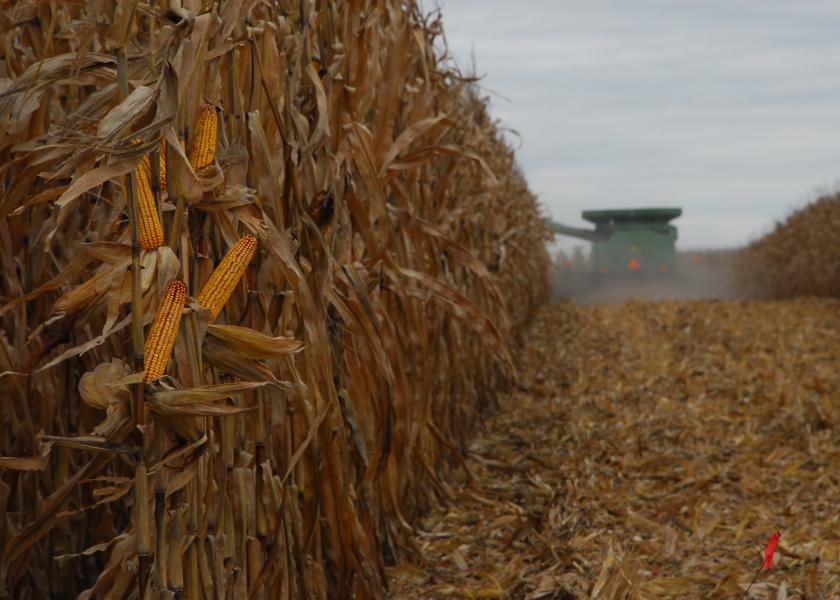Late Corn Harvest Brings Lower Feed Cost Opportunities

With so much late-planted corn, it’s likely many farmers are struggling with wet grain. Because drying costs could be prohibitive, they’re looking for ways to market high-moisture corn and it could be a way for dairy producers to access lower-cost feed.
“A lot of dairy producers had to plant more alfalfa, sacrificing some silage acres,” says Emily Carolan, Pioneer sales manager in western Wisconsin. “Because of this, grain producers and dairy producers can work together more in the next couple years.”
Corn for blending might be essential because silage tonnage is variable and starch contents are coming in low—several percentage points behind average.
“Silage in the Midwest is running 28% to 30% starch and it’s normally 33% to 35%,” says Ted Koehler, Syngenta Enogen ruminant nutritionist. “That means there is less corn in the silage and [you’ll] need to supplement it with corn grain.”

Talk to local grain farmers, they likely have corn in your preferred moisture range—you just have to tell them what you need. At 24% to 35% grain moisture, it could save propane and per bu. cost for a grain producer to market directly to you—a win-win for everyone.
Build the relationship
Grain farmers might put up Facebook or Craigslist ads, or they might reach out directly to see if you’re interested in buying their wet corn. As they provide pricing information and grain information, it’s important you identify what makes it a good deal for you, too.
There are many ways you can reach a price, the important thing to consider is that it needs to be appealing for all parties.
“if you go to any grain retailer and say I want to contract to buy X number of bu. per month I want to contract they’ll give you a price,” explains Koehler. “And let’s say there’s a 20-cent margin between buying and selling corn. Instead of going to the elevator, the grain and livestock producers could split that down the middle. It gives the grain producers a little advantage and the livestock producer shares in that win.”
Alternately, Carolan says when the grain producer visits the dairy or beef operation, they could simply take the average cash grain price from all of the local elevators. This keeps you competitive and provides the benefit of delivery that the livestock producers might not get from an elevator.
“Once you get past that hurdle it’s a matter of ‘how do we set up a contract?’” Koehler says. “I would include someone other than just the two farms for the safety of the livestock and grain producer—some kind of legal document so everyone is protected.”
For more on feed costs, read:







